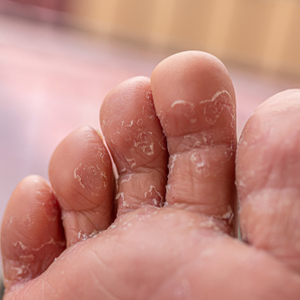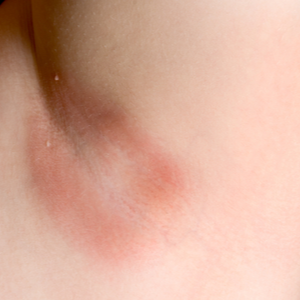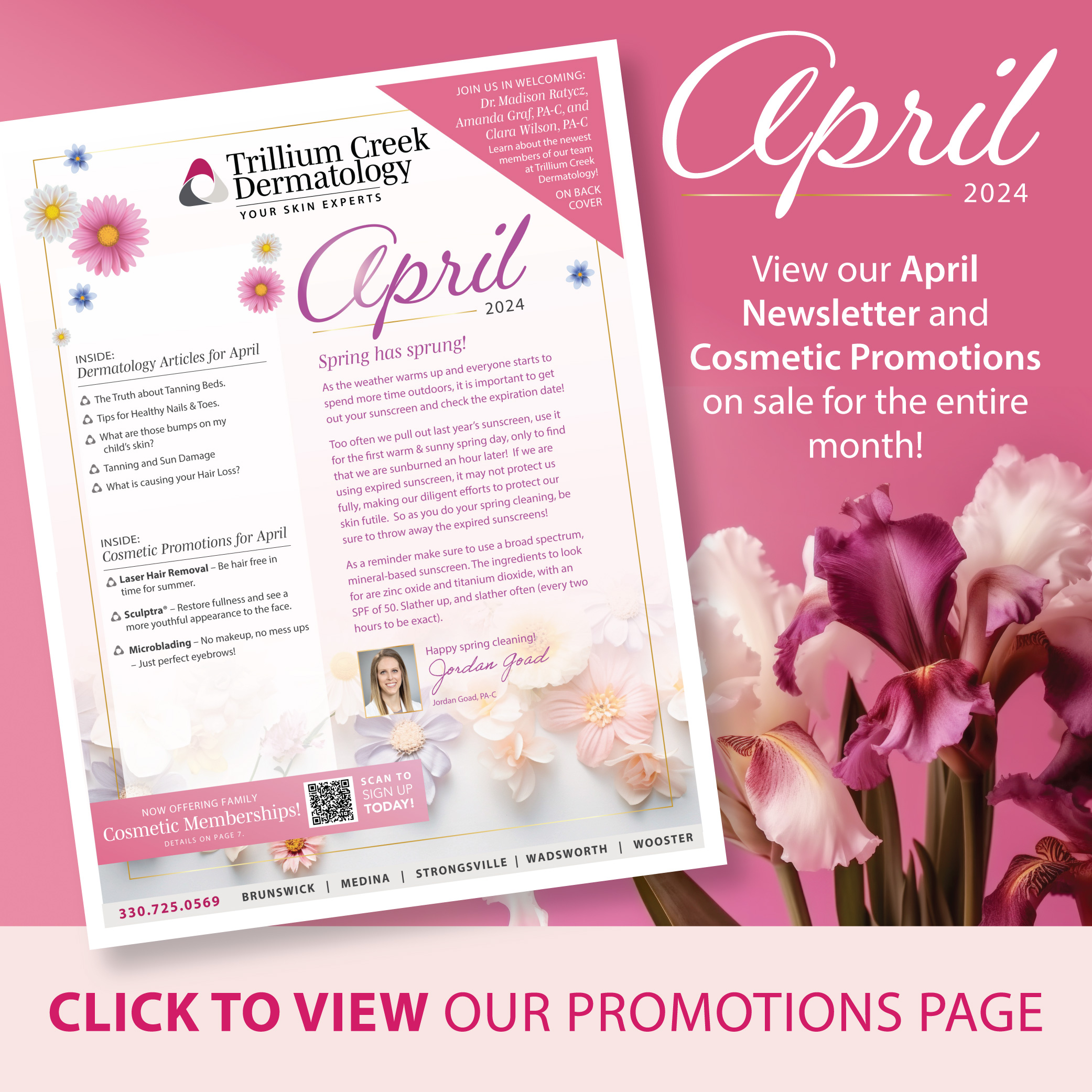Quick Links
- Overview on Fungus
- Dermatophyte Infections
- Yeast (Candida) Infections
- Treatments for Fungal Infections
- Results From Fungal Treatment
- Athlete’s foot (Tinea Pedis)
- Jock Itch (Tinea cruris)
- Ringworm or Tinea of the Body (Tinea Corporis)
- Yeast Infection of Large Skinfolds (Candital Intertrigo)
- Diaper Rash (Candidiasis)
- Pityriasis Versicolor
- Angular Cheilitis (Perlèche)
Overview on Fungus
Fungal skin infections are caused when fungus grows unchecked on the surface or just below the surface of the skin. Although fungal infections are widespread and can be uncomfortable, they are rarely serious in nature. Common fungal infections include diaper rash, jock itch, and ringworm.
Fungi can infect the skin, hair, and nails. There are two main groups of fungal infections of the skin: dermatophyte infections and yeast infections.
Dermatophyte Infections

Athlete’s foot (Tinea Pedis)
Infection between the toes or on the top and bottom of the feet, becoming dry and scaly or white and “soggy”.
Jock Itch (Tinea cruris)
Itchy, red rash in the groin and surrounding area.
Ringworm or Tinea of the Body (Tinea Corporis)
Infection on the body, trunk, and limbs in either classic ringworm lesions or deep inflammatory lesions.
Yeast (Candida) Infections

Yeast Infection of Large Skinfolds (Candital Intertrigo)
Rash in areas where skin touches, such as below the breast.
Diaper Rash (Candidiasis)
A red, scaly rash in the diaper area.
Pityriasis Versicolor
The rash is usually seen on the upper back, shoulders, and chest that appears as pink or reddish-brown spots on fair skin or as light spots on darker skin.
Angular Cheilitis (Perlèche)
Breaks at the angles of the mouth that become chronically infected with yeast.
Treatments for Fungal Infections
Your Trillium Creek Dermatology skin experts will make the correct diagnosis of the fungal infection and then may perform a culture to confirm the source of your infection. Once a source is determined, an antifungal treatment will be prescribed and may include topical and oral antifungals as well as antibiotics for any secondary bacterial infections that may exist.
Commonly used topical anti-fungal creams available over-the-counter include Lamisil (terbinafine), Lotrimin (clotrimazole), Miconazole (Micatin, ZeaSORB), and Tinactin (tolnaftate). Other topical antifungals available by prescription only include Ertaczo (sertaconazole), Loprox (ciclopirox), Naftin (naftifine), Oxistat (oxiconazole), and Luzu.
Hair and nail infections, and some extensive skin ringworm, must be treated orally.
Results From Fungal Treatment
The skin experts at Trillium Creek Dermatology have the knowledge and experience required to quickly and effectively identify the source of the infection and prescribe an effective course of treatment. Most fungal infections respond quickly to anti-fungal treatments. You may be advised to continue treatment for up to 2 weeks after the rash has disappeared to decrease the chance of the infection returning. Remember, fungal infections are contagious. We are serving the following communities and those surrounding: Wooster, Wadsworth, Medina, Brunswick, Strongsville, and Hinkley.



